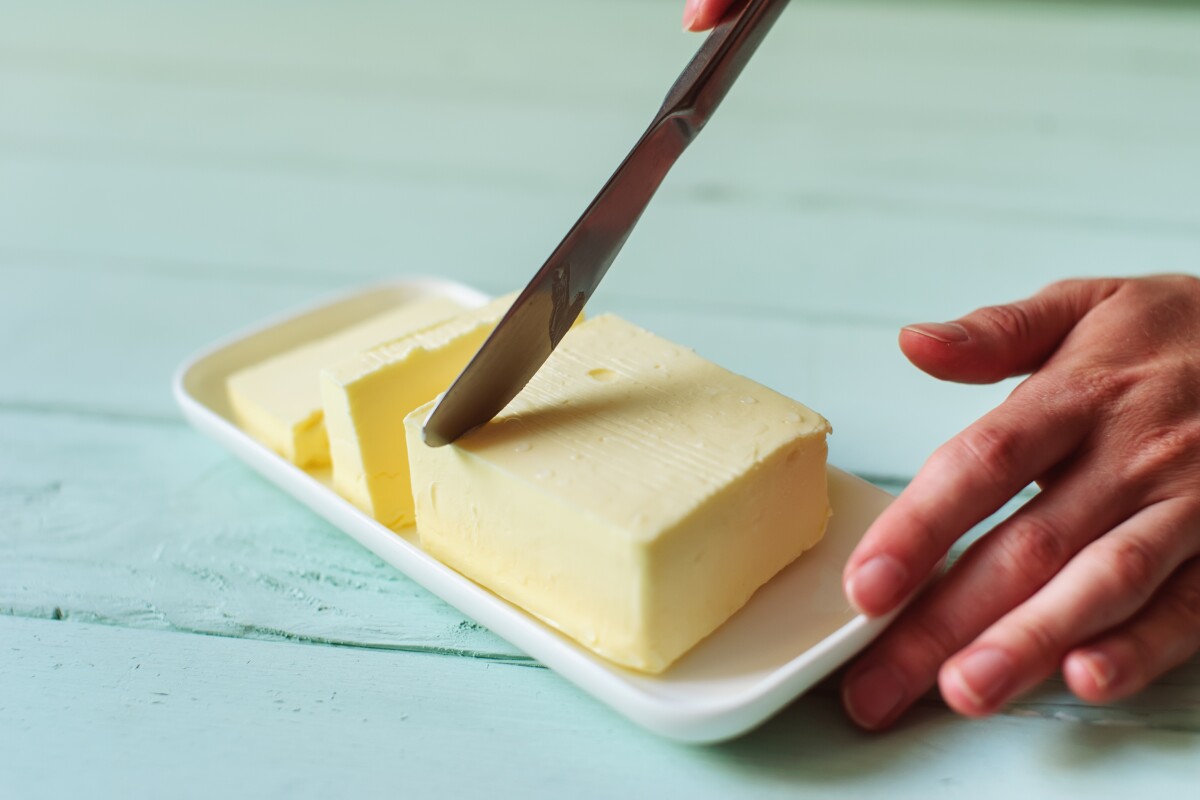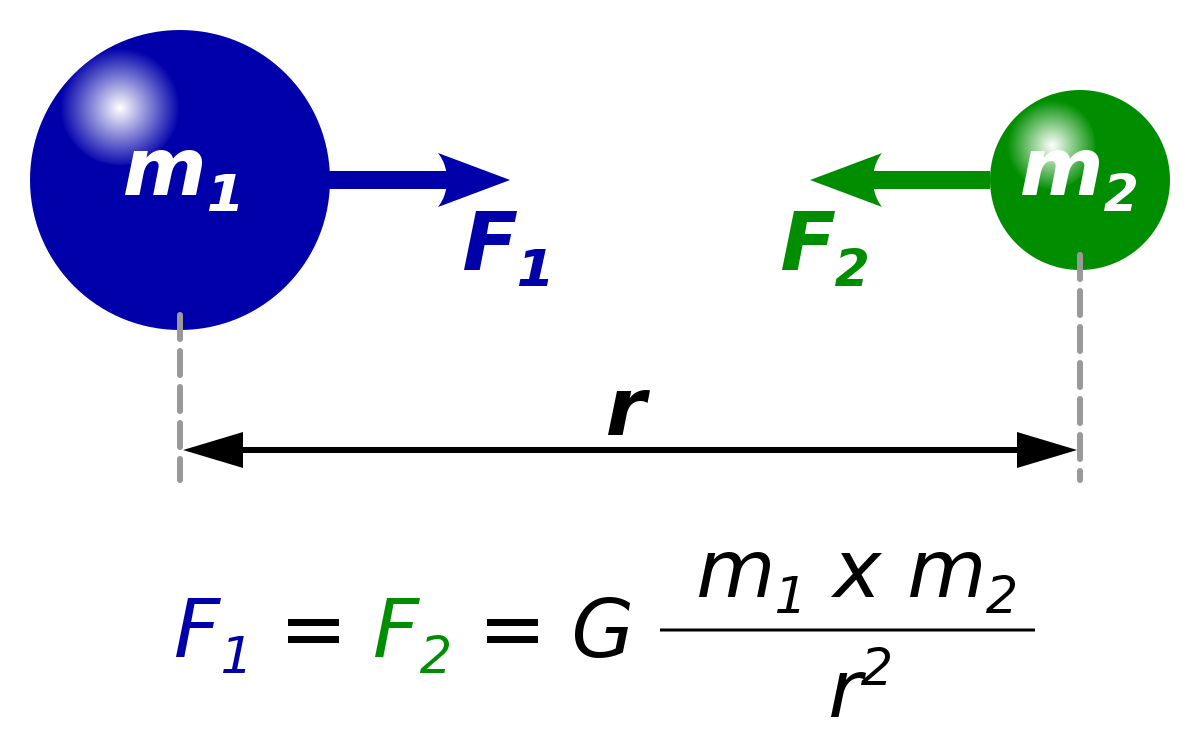https://www.washingtonpost.com/business/2022/12/11/fusion-nuclear-energy-breakthrough/U.S. to announce fusion energy ‘breakthrough’
Scientists hit a key milestone in the quest to create abundant zero-carbon power through nuclear fusion. But they still have a long way to go.
By Evan Halper and Pranshu Verma
December 11, 2022 at 9:29 p.m. EST
A target pellet inside a hohlraum capsule with laser beams entering through openings on either end, seen in an illustration. The beams compress and heat the target to the necessary conditions for nuclear fusion to occur. (Lawrence Livermore National Laboratory/AP)
The Department of Energy plans to announce Tuesday that scientists have been able for the first time to produce a fusion reaction that creates a net energy gain — a major milestone in the decades-long, multibillion-dollar quest to develop a technology that provides unlimited, cheap, clean power.
You are using an out of date browser. It may not display this or other websites correctly.
You should upgrade or use an alternative browser.
You should upgrade or use an alternative browser.
Beyond science!
- Thread starter eloic
- Start date
cheapchips
Veteran
Best way to look at NIFs results is probably as experimental results that are useful to those companies pursuing inertial fusion? A better/cheaper/electricity producing version of NIF isn't exactly waiting in the wings.
WhiningKhan
Regular
I find it amusing that still in this day and age, people notice they have discovered something when their equipment breaks up unexpectedly.
https://www.biospace.com/article/5-cancer-vaccines-to-watch-in-2024/5 Cancer Vaccines to Watch in 2024
Published: Nov 20, 2023 By Sruthi S. Balakrishnan

Pictured: Vaccine bottles/iStock, May Lim
Several cancer vaccine candidates are flying through clinical trials with promising results. Unlike traditional vaccines that aim to prevent a disease from occurring, therapeutic cancer vaccines train the patient’s immune system, enabling T cells to patrol the body for cancer cells and destroy them. Progress in personalized medicine has made it easier and much more affordable to sequence patient genomes, pull out unique cancer signatures and make vaccines encoding these neoantigens.
BioSpace compiled a list of five cancer vaccines in mid- to late-stage development and sought insights from two experienced researchers on their respective merits.
I love that, even if slow, there's progress in this field.
Here’s how scientists reached nuclear fusion ‘ignition’ for the first time
The experiment, performed in 2022, also revealed a never-before-seen phenomenon

Here’s how scientists reached nuclear fusion ‘ignition’ for the first time
The first fusion experiment to produce an energy excess required meticulous planning and also revealed a long-predicted heating phenomenon.
https://futurism.com/the-byte/plastic-eating-fungus-pacific-garbage-patchSCIENTISTS FIND PLASTIC-EATING FUNGUS FEASTING ON GREAT PACIFIC GARBAGE PATCH
NATURE REALLY PUTTING THE TEAM ON ITS BACK HERE.
Chomp Chomp
Does nature have to do everything itself?
An international cohort of marine scientists discovered an ocean-borne fungus chomping through plastic trash suspended in the Great Pacific Garbage Patch, as detailed in a new study published in the journal Science of the Total Environment.
Edible batteries, sensors and actuators unlock robots designed to be eaten
By Paul McClure
June 17, 2024

Scientists have already made edible robotic components. The next challenge is integrating them together to create an entire robot snack that could be used in a wide range of applications, from delivering healthcare to monitoring the environment.
Imagine ordering drone delivery for your takeout, and then, after eating your food, you eat the delivery drone for dessert. The first part has been happening for a while; the second – the edible robot – could be coming soon, according to scientists from the Swiss Federal Institute of Technology (EPFL).

Edible batteries, sensors and actuators unlock robots designed to be eaten
Scientists have already made edible robotic components. The next challenge is integrating them together to create an entire robot snack that could be used in a wide range of applications, from delivering healthcare to monitoring the environment.
I didn't know this was a thing and it makes me feel confused. I feel rejection and a need to eat one of those things at the same time.
Recycling Plastic Is a Dangerous Waste of Time
The recycling industry—and the world at large—has yet to fully reckon with a bombshell study that dropped last year.
Frank Celia
17 Jun 2024 · 17 min read
Photo by Killari Hotaru on Unsplash
By now, you probably know that plastic recycling is a scam. If not, this white paper lays out the case in devastating detail. To summarise, amid calls to reduce plastic garbage in the 1970s and ’80s, the petrochemical industry put forth recycling as a red herring to create the appearance of a solution while it continued to make as much plastic as it pleased. Multiple paper trails indicate that industry leaders knew from the start that recycling could never work at scale. And indeed, it hasn’t. Only about nine percent of plastic worldwide gets recycled, and the US manages only about six percent.
As bad as this is, the situation might actually be much worse. According to an emerging field of study, the facilities that recycle plastic have been spewing massive amounts of toxins called microplastics into local waterways, soil, and air for decades. In other words, the very industry created to solve the plastic-waste problem has only succeeded in making it worse, possibly exponentially so. While the study that kicked off this new field received some press coverage when it appeared last year, the far-ranging import of its findings has yet to be fully integrated into environmental science. If the research is even close to accurate, and to date it has not been substantively challenged, the implications for waste management policies across the globe will be game-changing.

Recycling Plastic Is a Dangerous Waste of Time
The recycling industry—and the world at large—has yet to fully reckon with a bombshell study that dropped last year.
 quillette.com
quillette.com
As an individual very concerned with these things, I've always been proud of recycling, alternatives to plastic, etc. However, I'm optimistic and I hope we can reverse this. First of all, we still need to find alternatives to plastic and then, if the only solution for discarded plastic is to burn it, we can come up with new ways to capture CO2 and other resulting gases, so that we could use carbon or whatever in other ways.
Last edited:
https://newatlas.com/technology/savor-butter-bill-gates/Fats from thin air: Startup makes butter using CO2 and water
By Bronwyn Thompson
July 09, 2024

Savor uses chemistry to make 'butter' that tastes just like the real thing
Depositphotos
VIEW 1 IMAGES
Bill Gates has thrown his weight – and his money – behind a Californian startup that believes it can make a rich, fatty spread akin to butter, using just carbon dioxide and hydrogen. And 'butter' is just the start, with milk, ice-cream, cheese, meat and tropical oils also in development.
The San Jose company, Savor, uses a thermochemical process to create its animal-like fat, which is free of the environmental footprint of both the dairy industry and plant-based alternatives.
Excuse me... What?!
cheapchips
Veteran
Cool. Butter is hard to give up!
Except if I lived in America it wouldn't be. Amazing how wrong they get butter, and bread for that matter.
Except if I lived in America it wouldn't be. Amazing how wrong they get butter, and bread for that matter.
Cool. Butter is hard to give up!
Except if I lived in America it wouldn't be. Amazing how wrong they get butter, and bread for that matter.
I've never been to the US, but if Subway is anything to go by, it will be pretty terrible over there. They make a big thing about selecting different types of bread, but all of it is textureless mush. Awful stuff.
Am I right in thinking that for milk, they are federally mandated to skim it all then mix the fat back in to make the equivalent of semi-skimmed/full-fat milk? Pretty sure I read that somewhere once.
That said, we've got nothing to be proud about in the UK. The chicken in supermarkets is almost exclusively the intensively-farmed 'frankenchicken' which grow so quickly, their legs and bones can't support their weight. Massive chicken breasts, flabby without any texture or flavour and the chickenshit is left to drain into our rivers, polluting them. I think it's only the past decade or so that chicken has become so terrible here, so it must be a reasonably recent trend. Probably developed in the US!
Don't forget the beef is almost exclusively horseThe chicken in supermarkets is almost exclusively the intensively-farmed 'frankenchicken'
ps: I can haz a physics question : I think i know the answer but I thought I'd check with the people here.
If I'm in a spaceship in deep space travelling in a straight line and I pull a hard left will I feel G force?
also if I'm near a massive planet or star and pull a hard turn will the G force be greater?
Last edited:
Hm, I don't know. Maybe post that in the astronomy thread?ps: I can haz a physics question : I think i know the answer but I thought I'd check with the people here.
If I'm in a spaceship in deep space travelling in a straight line and I pull a hard left will I feel G force?
also if I'm near a massive planet or star and pull a hard turn will the G force be greater?
ps: I can haz a physics question : I think i know the answer but I thought I'd check with the people here.
If I'm in a spaceship in deep space travelling in a straight line and I pull a hard left will I feel G force?
The spaceship will manoeuvre, and as you are contained and/or connected to it the body of the spaceship will bring you along for the ride. The spaceship will exert a force on you, and change your trajectory through space.
This is commonly referred to a G-force, though it has nothing to do with gravity.
also if I'm near a massive planet or star and pull a hard turn will the G force be greater?
No. I don't think it would. The gravity of the star/planet will be acting both you and the ship equally.
Like I said, what people call "G force" is rarely anything to do with the gravitational force. It's used to quantify forces from acceleration in eg. a plane or car because it is easier for people to relate to the gravitational force we all feel every day walking around on our planet. It's not actually gravity.
Yes the gravity on the Moon is less than it is on Earth. But if you are in a space ship and you pull the same manoeuvre at the same rate of acceleration / rotation you will feel the same force in absolute terms (in Newtons). You can translate that force from absolute units to G at Earth or G at the Moon, that's up to you. The number using Moon units would be larger than if you used Earth units, but the force in absolute units would be the same.
Yes the gravity on the Moon is less than it is on Earth. But if you are in a space ship and you pull the same manoeuvre at the same rate of acceleration / rotation you will feel the same force in absolute terms (in Newtons). You can translate that force from absolute units to G at Earth or G at the Moon, that's up to you. The number using Moon units would be larger than if you used Earth units, but the force in absolute units would be the same.
To explain further there is something called the gravitational constant, which is commonly represented by the symbol G. This is the scaling factor in Newtons law of gravity, and as far as we know is a Universal constant. See here

 en.wikipedia.org
en.wikipedia.org
You can use that to compute the force of gravity at the Earths surface, commonly represented by the symbol g.

 en.wikipedia.org
en.wikipedia.org
This is about 10 Newtons/kg, and it is that that is usually referred to when people talk about G-force. So a pilot in an F-35 pulling a hard turn would experience a force of 90 Newtons/kg, which is 9 times g.
The gravitational force at the surface of the Moon is much lower. About one sixth of that at the surface of the Earth. So the same F-35 pilot would experience about 54 g_Moon, but that is the same force as 9 g_Earth.
Does that make sense? It's like feet versus metres. You are the same height, but depending on what units you use you get different numbers to represent that.

Gravitational constant - Wikipedia
You can use that to compute the force of gravity at the Earths surface, commonly represented by the symbol g.

Gravity of Earth - Wikipedia
This is about 10 Newtons/kg, and it is that that is usually referred to when people talk about G-force. So a pilot in an F-35 pulling a hard turn would experience a force of 90 Newtons/kg, which is 9 times g.
The gravitational force at the surface of the Moon is much lower. About one sixth of that at the surface of the Earth. So the same F-35 pilot would experience about 54 g_Moon, but that is the same force as 9 g_Earth.
Does that make sense? It's like feet versus metres. You are the same height, but depending on what units you use you get different numbers to represent that.
Similar threads
- Replies
- 248
- Views
- 124K
- Replies
- 126
- Views
- 46K


